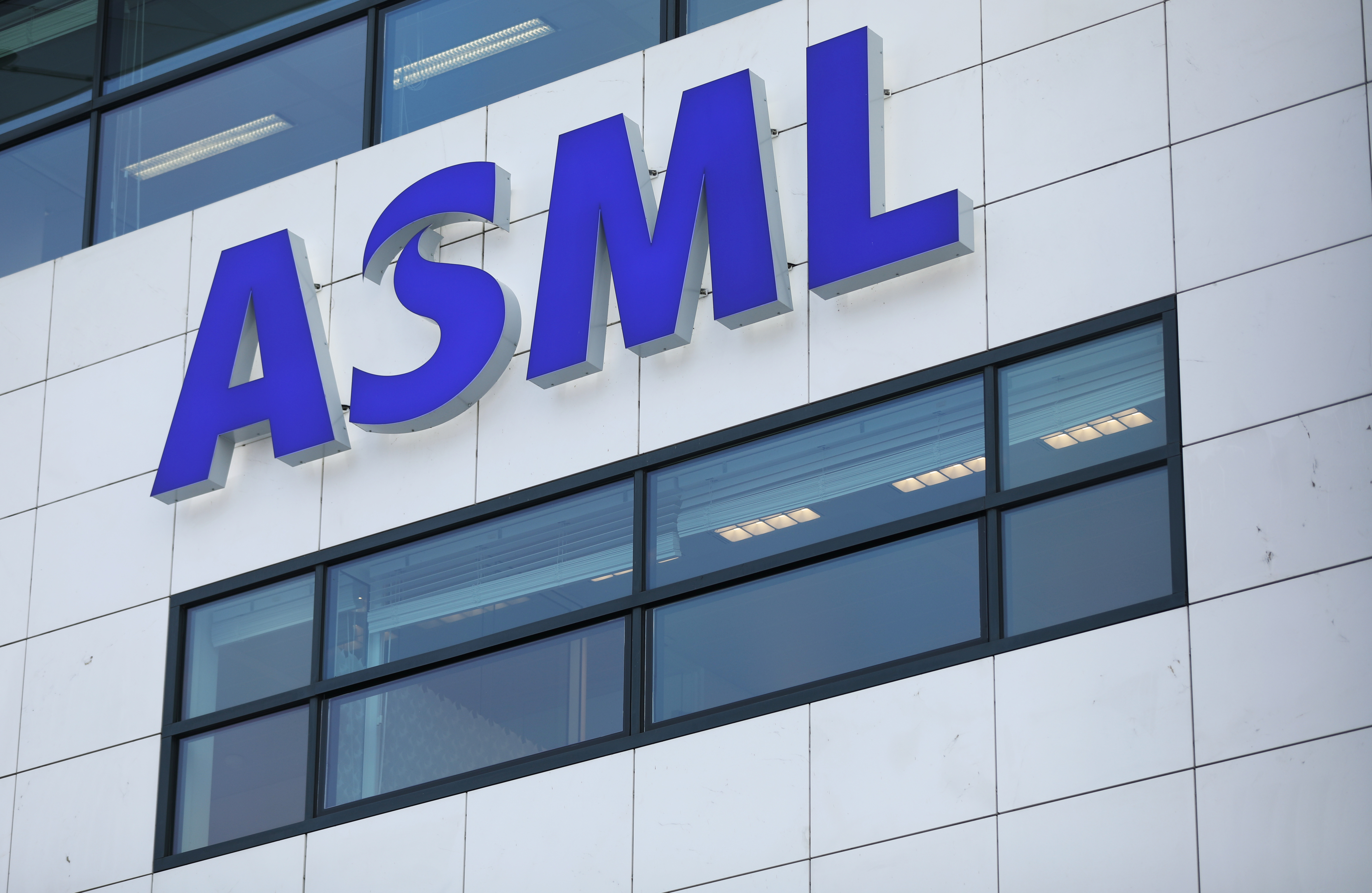ASML Holding NV (ASML.AS) beat first-quarter earnings forecasts on Wednesday on continued strong demand for its chip making equipment, but noted some signs of caution among customers.
The comments from Europe's biggest tech firm follow news that Samsung (005930.KS) will cut production because of a downturn in semiconductor demand, while memory chip makers SK Hynix (000660.KS) and Micron (MU.O) have cut spending plans.
ASML posted a threefold jump in net profit to 1.96 billion euros ($2.15 billion) on revenue up 91% at 6.74 billion euros. Analysts had forecast net profit of 1.62 billion euros on revenue of 6.31 billion euros, Refinitiv data shows.
The Dutch company is required from this summer to restrict exports of some equipment to China, after the Netherlands joined a drive by the United States to restrict supplies to Beijing that might have "dual use" military applications.
ASML said sales to China dipped in the first quarter but were expected to be stronger through the rest of 2023, and added its outlook remained strong despite client belt-tightening.
"Overall demand still exceeds our capacity for this year and we currently have an (order) backlog of over 38.9 billion euros," CEO Peter Wennink said in a statement.
ASML plays a key role in the semiconductor industry because it dominates the market for lithography equipment used to create the minute circuitry of chips.
It has struggled to meet demand as customers TSMC (2330.TW), Samsung and Intel (INTC.O) spend billions on expansion.
"In our opinion, neither 2023 or 2024 estimates at the company are at risk," JPMorgan said in a note.
ASML shares were down 2.5% to 574.00 euros at 0800 GMT, but are up more than 10% year-to-date.
The company kept a forecast for 25% sales growth this year, with sales of 6.5-6.7 billion euros in the second quarter.
Finance chief Roger Dassen said some major companies were "delaying the timing of their demand for certain tools" but others were taking their orders.
"For memory customers, we do see them limiting their capex ... (and) we see some of that behaviour also in certain segments of logic," he said, referring to the two largest categories of computer chips.










